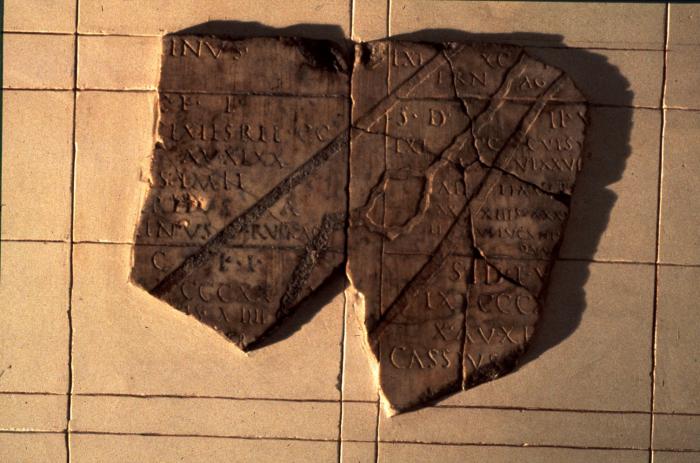
Since 1933, the Museum of Orange has been located in an 18th century townhouse where visitors can discover exhibits depicting the city's local past. The archeological collections stem from the numerous excavations conducted in Orange. Along with objects from daily life, the most interesting specimen is represented by three cadasters inscribed in marble at the Emperor Vespasian's request. They reveal the organization of landed property in the ancient colony. There are also a large number of architectural and statuary fragments from the decor of the theater's rear wall, including an exceptional ensemble of friezes. The Principality of Orange's past, tightly linked to the royal family of the Netherlands, is covered from the Middle Ages to the 17th century. Five paintings representing the life of a calico-print factory in the 17th century are also on display. Commissioned in 1764 by the Wetter brothers, the factory's owners, from G.M. Rosetti, they once decorated the parlor of their home. The 19th century is depicted through engravings showing the excavation and the restoration of the theater and the arch, as well as by the collection of Orange's own Gasparin family, which spawned several politicians. A collection bequeathed in 1940 through the intermediary of Daladin, brings together works by two British artists, Franck Brangwyn (1867-1956) and Albert de Belleroche (1864-1944).
Thématiques : Antiquité / Archéologie / Arts techniques / Beaux arts / Histoire locale régionale / Photographie / Préhistoire /
